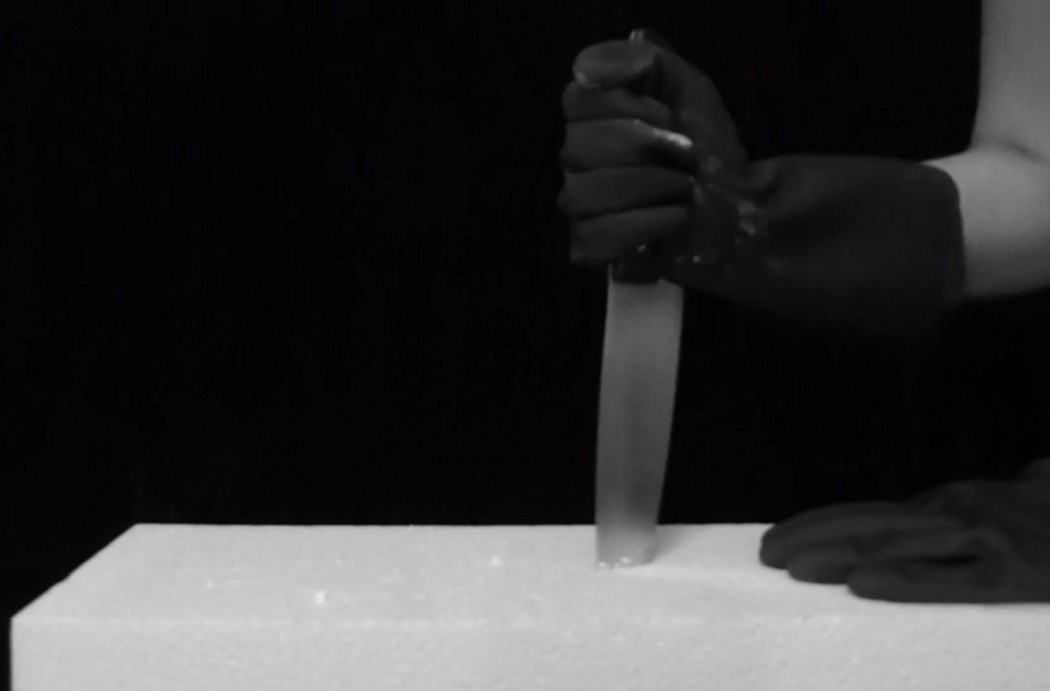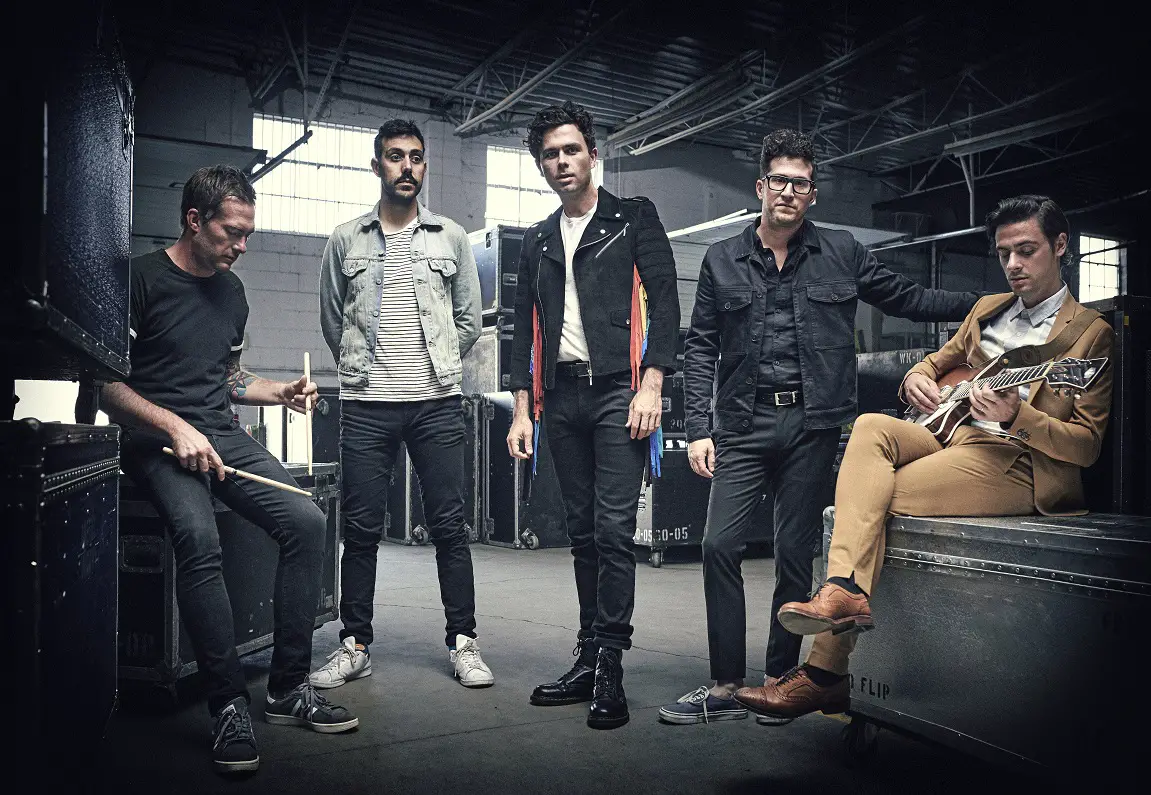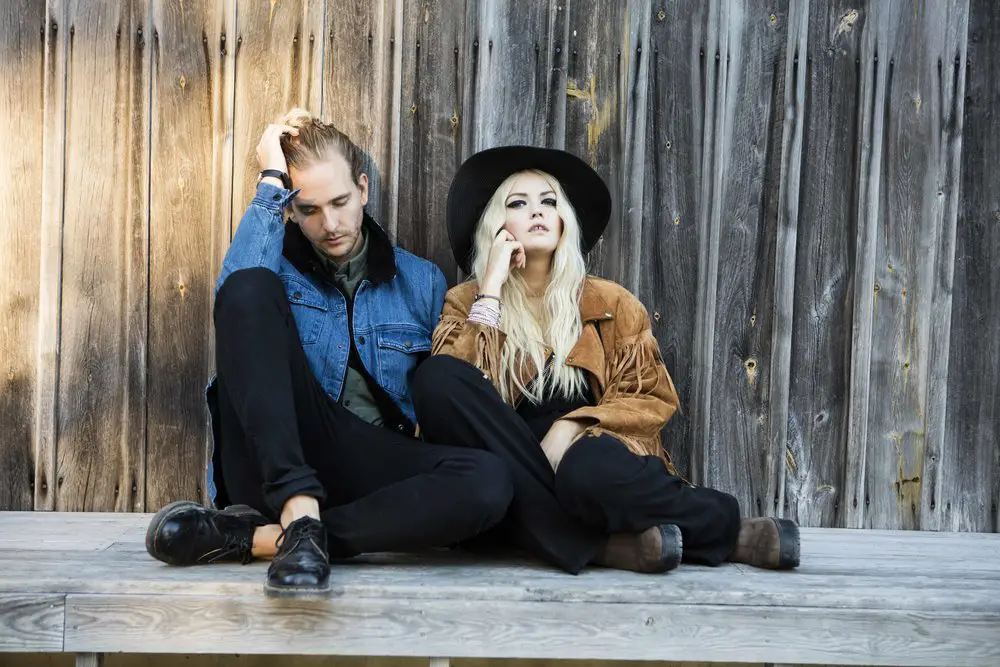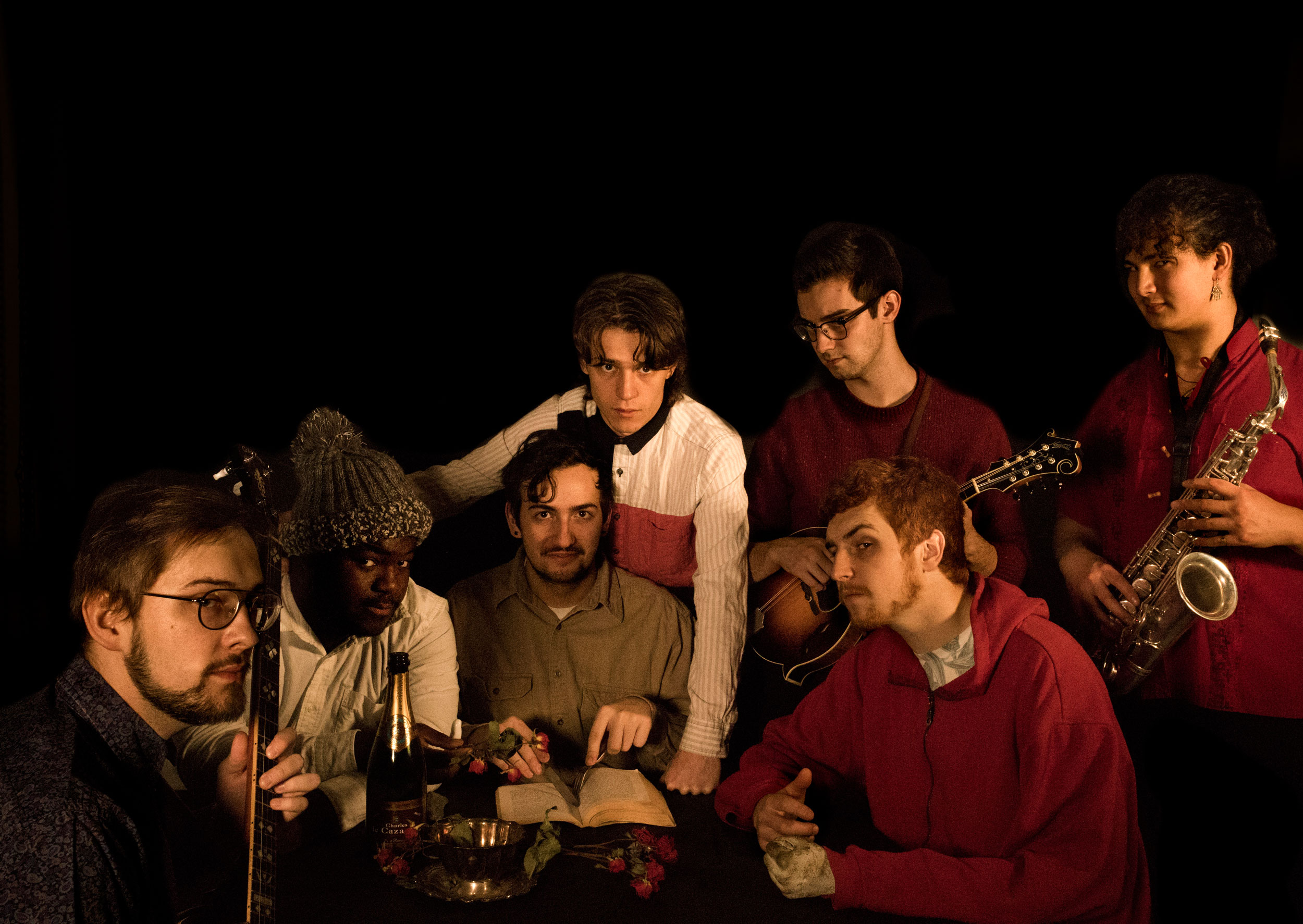Director Milo Hume has crafted a new visual world of dancing grandmothers, sexting mishaps, and hyperbolized excitement in support of New York rapper Gosha Guppy’s new single, “911 (Sex Through WhatsApp).” Speaking with Hume, he sheds light on what makes a good music video and why Gosha Guppy was the perfect collaborator for this project.
Stream: “911 (Sex Through Whatsapp)” – Gosha Guppy
“911 (Sex Through WhatsApp)” by Gosha Guppy is one of those songs that will literally change your vocabulary.
Since my initial listening, I can no longer use a solitary “send” in conversation. Now, in a nod to the chorus, “send” exclusively becomes “send, send, send.” Not only does the song feel rife with moments to perfectly encapsulate in a meme, or become a viral sound on TikTok, but it also has a sense or urgency that propels you to want to move. Perfectly capturing the song’s levity is the accompanying music video directed by New York City born and London based filmmaker, Milo Hume.

Hume, in collaboration with the video’s cinematographer, Auden Barbour, crafted a cinematic world for the viewer to move through, oscillating between various eclectic and frenetic backdrops, propelling the song forward in an abstract narrative underscored by leaning into the fun nature of the dynamic single.
Guppy’s charisma is undeniable as a visual protagonist, which Hume skillfully capitalizes on, eliciting a range of emotions from the multifaceted musician. Guppy’s playfulness and ability to emote provides a stark contrast from many emerging rappers overly concerned with appearing cool, and situates Guppy as a truly relatable yet whimsical character. An ever-increasingly quirky atmosphere is then created to center and accentuate Guppy’s offbeat performance to spark a series of memorable moments throughout the video.
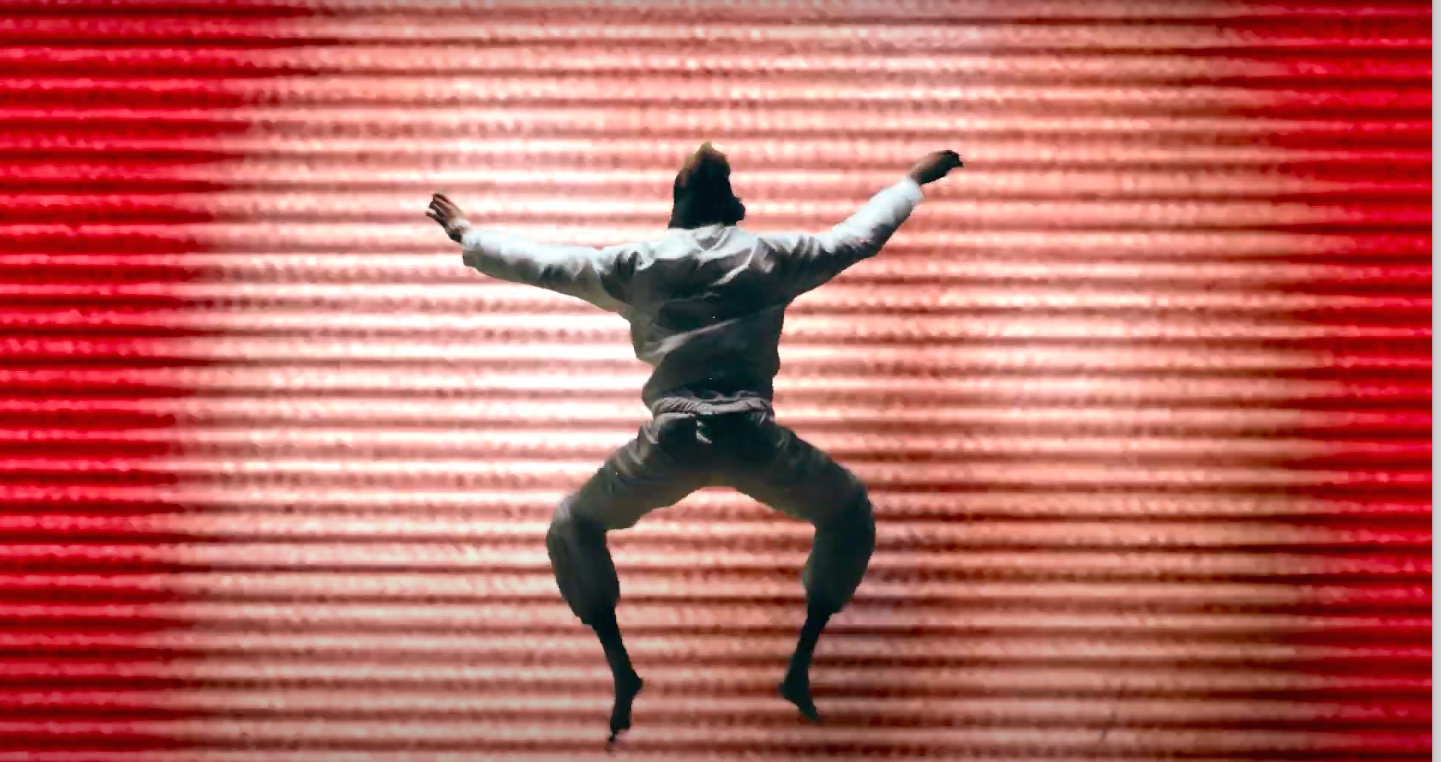
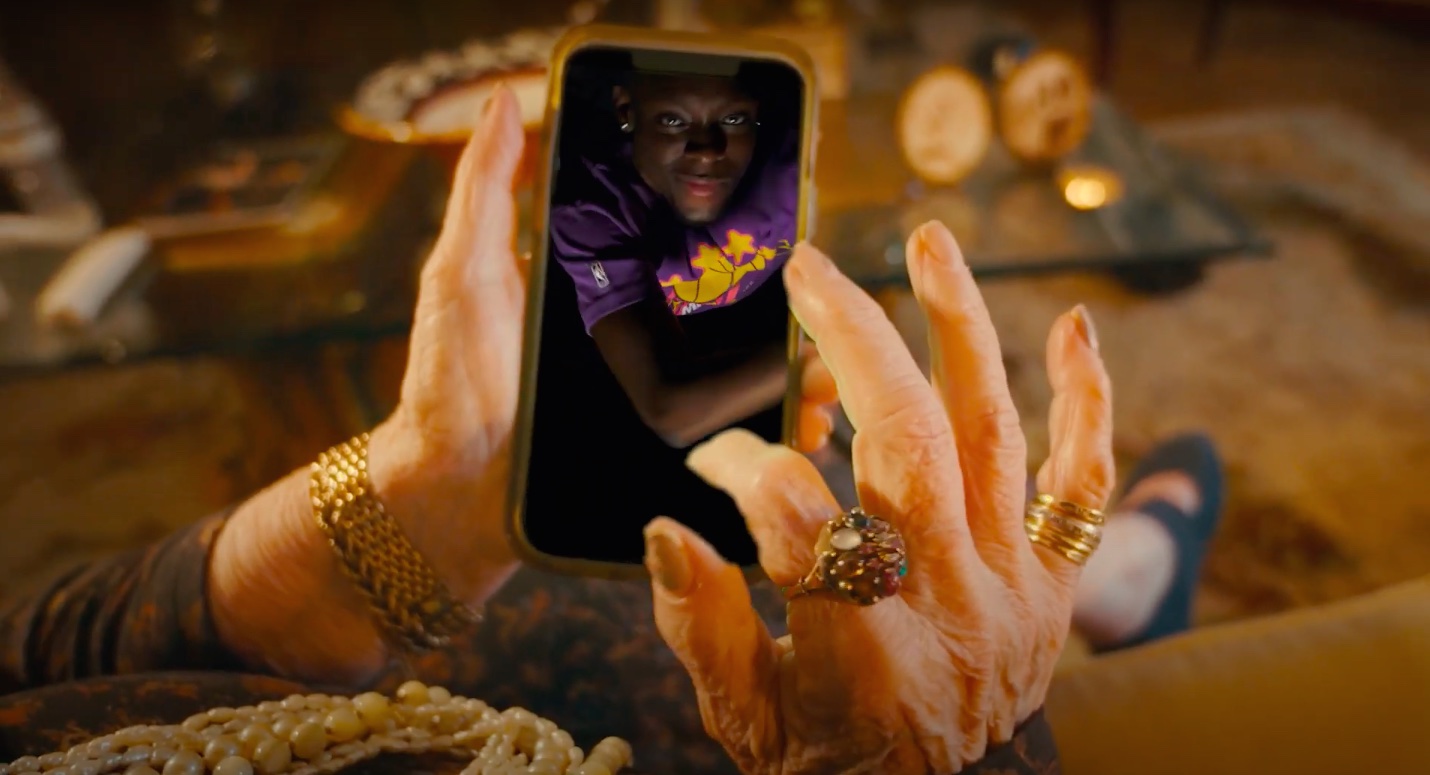
When considering the overtly sexual tone of the song, these visuals subvert many tropes of traditional rap music videos, without any hint of judgment.
Leading with humor and creativity rather than criticism, this video exemplifies that sex, self-awareness, and comedy can all exist within rap music without sacrificing quality and leaning completely into a one dimensional realm of satire. What truly separates this video from the slog of content on the internet is a great level of care for maintaining a strong visual aesthetic. Matching the song’s frenzied musicality is the diversity of shots that although feature extremely different subject matters seem to exist and create a cohesive world tailor-made for the ebbs and flows of Gosha Guppy’s melodic vocalizations and the punchy production. There is a strong concept that is skillfully executed and this level of professionalism from an emerging artist/director duo is very exciting. The video plays almost like an acid-induced drug trip with washed out colors, glowing lights, shifting perspectives, and enchanting characters introduced along the way of Gosha Guppy’s journey to “sex through WhatsApp.”
With the prominence of social media, content creation has seemingly become a required skill for anyone under thirty years old to master, which in turn has made video production a far more accessible practice. While there are certainly benefits of audiences finding new routes to creating, there is also the inverse side of a more homogenous field. This is particularly present with music videos which are often made as an afterthought in support of a song rather than an extension of an artwork’s potential. Thus, many videos are made to comply with popular trends and templates rather than experimenting and prioritizing ingenuity.

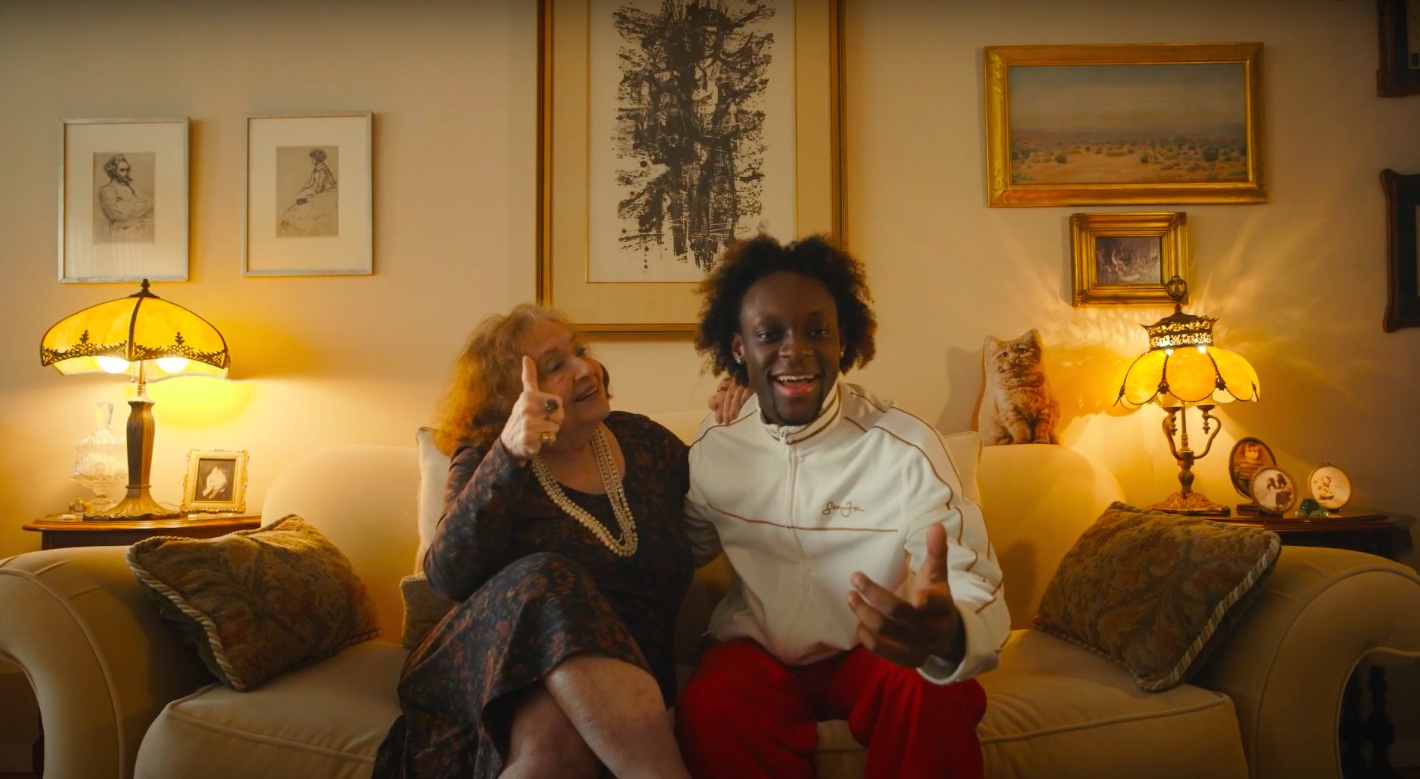
Filmmaker Milo Hume, however, approaches every music video like an independent art project that he wholeheartedly throws himself into.
Starting with a densely intricate and comprehensive pitch deck, Hume investigates every single scene and setup with a scientist’s precision and a large-scale oil painter’s dedication.
To learn more about Hume’s practice and the process of his collaboration with Gosha Guppy, I spoke to him about running around Chinatown with a camcorder, featuring his grandmother as a video vixen, the state of music videos in today’s music industry, and moving to London to find new channels of inspiration.
— —
Stream: “911 (Sex Through Whatsapp)” – Gosha Guppy
A CONVERSATION WITH MILO HUME

Atwood Magazine: What was your first reaction to hearing this song?
Milo Hume: I thought it was a crazy song. Really outside of the box. Both very funny, but also just a genuinely good song. And bold to the point where I didn’t know if I could confidently make a video for it. I was also a little concerned about people maybe getting caught up with it seeming just vulgar or crude, but then I thought about how rarely I have such a strong reaction to a song and that made me want to explore that feeling further. So all in all, my first listening definitely inspired an overreaction of shock and I just followed that feeling.
What do you think separates Gosha Guppy from other artists you’ve collaborated with?
Milo Hume: He’s such an interesting character with such an Interesting story. And a weird guy in the best way possible. I feel like he’s someone who’s genuinely always going to take risks. So while he’s definitely going to have fun on a song, he also really knows what’s catchy. And has a great ability to just spin and grab all these random cultural references into his lyrics.
Gosha Guppy is also just a sweetheart. A lot of the artists I work with are pretty obsessed with their image and their ego. And this guy is making a song about having sex and, in the chorus, is begging for nudes to be sent through WhatsApp, like it doesn’t get more humble than that. Also he literally got my grandma, who played the older woman in the video, a bouquet of flowers and really took the time to talk and connect with her beyond just being an extra in the video. Just his level of care was really sweet and I have a great deal of respect for how he moves through the world.
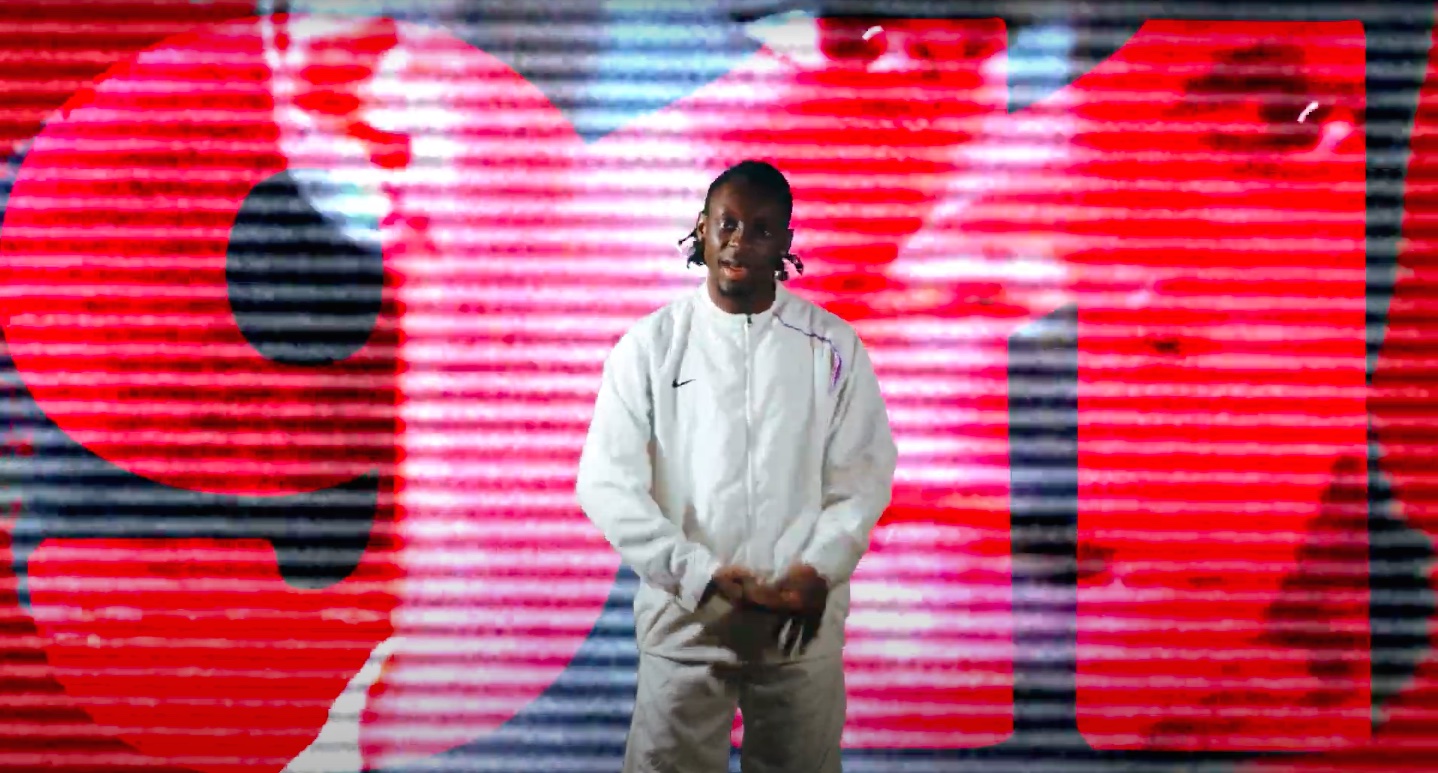
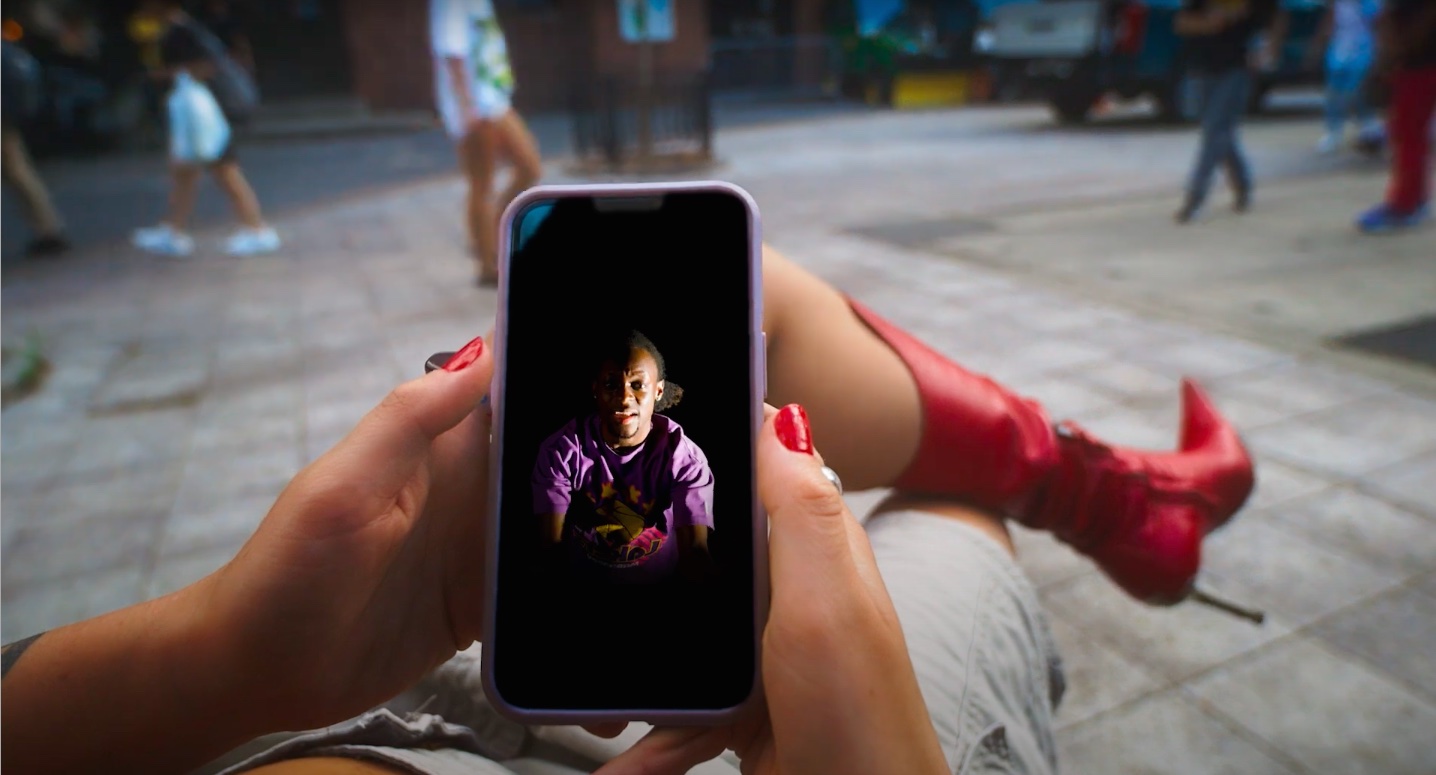
Why do you like making music videos?
Milo Hume: I always wanted to be a rockstar but I just didn’t find immense joy playing music but I did really enjoy making videos for songs I liked and I’d either cast my friends in them or just film myself dancing to them. And that just became a lot of fun as I’d try to figure out “what does a song look like.” I had all these kinds of worlds in my head that differed completely based on what I was listening to. Also as a kid growing up in New York, I’d always have headphones on and the city became a huge source of inspiration as I’d be witnessing all these crazy things while also listening to a soundtrack. So I could be listening to a beautiful atmospheric song then see a very intense or chaotic city scene. So right there in those moments I’d get ideas like this or that could be a great concept for a music video. There started to be a real compulsion to make these images, experiences, and scenarios that were happening in my head come into real life. Then it also became a test of seeing what I could actually pull off with materializing these different worlds.
When I was younger I just started telling artists I’ll shoot for free and luckily there were all these musicians I grew up with so I started making videos for them. I taught myself premiere, through a lot of trial and error as well as youtube tutorials and slowly I just figured it out. With every video I gained more skills and came into my own as a director and filmmaker but honestly, it still just feels like playtime. Even though it’s an actual career for me and I’m working with budgets and deadlines and stress, it feels like I’m getting paid to use my imagination and it’s great. Now based on how much time myself and other directors I respect actually put into their work you end up getting paid pennies on the hour but its still a really magical thing to be able to do. I think there’s a lot of directors who approach music videos like it’s just a performance and their job is to capture the artist on video and that’s never been something I’ve understood because for me it gets really fun building out a completely unique world for every song I’m making a video for.
What's your favorite music video?
Milo Hume: The one that always pops up in my head when people ask me is “L$D” by A$AP Rocky, and that’s a perfect example of not capturing a performance but instead creating a world that fits to a song. I’d also say anything by Frank Lebon is incredible. He did a lot of videos for Mount Kimbie that were really good and also a couple for King Cool that were great as well. I also really like a lot of Spike Jonze’s videos and Brockhampton’s. I was actually looking at a lot of their early music videos today for inspiration for a new project I’m working on and their stuff was amazing. I know I’m going to think of more stuff tonight when I’m going to bed and I’m going to be so mad. Oh, Michel Gondry, who did Eternal Sunshine of the Spotless Mind, also has some amazing music videos, particularly “Human Behavior” by Bjork, where it’s just this stop motion video of a bear chasing her around the woods. Actually, my seventh grade art teacher showed it to me and it blew me away and has always been a video that’s stuck with me. I visited my high school last year and told her, “I’m a music video director now and my first real memory of a music video that really hit me was the one you showed me.”
What do you think makes a good music video?
Milo Hume: I mean, a good music video can be so many different things. It could be about the performance, the idea, or destroying any preconceived notions of what a music video is supposed to be. I think the biggest thing is that the video feels like an extension of the song rather than just an added bonus or something just thrown on top. So it’s like when you’re listening to a song, is the music video what you see in your head as you’re listening, or does it surprise you, but still really fit. But honestly, the best way to judge a music video is how the viewer reacts to it.
For example, there’s this great video by Lil Nas X and Kevin Abstract called “Tennessee.” When I first heard the song, I didn’t picture that video at all, but it works so well and is so simple. As a concept it should be a bad video, it’s just a bunch of dudes hanging out in this house and they’re literally not doing anything, but somehow there’s just a subtlety they tap into with the song that makes it work so well. Basically, there’s a lot of different ways and approaches to make a good music video.
How was the shooting process for this video?
Milo Hume: Pretty easy. It was a two-day shoot. The cinematographer, Auden Barbour, and I did the outdoor scenes just on the go around the city. Then we shot the green screen parts at All Street Studios. And then the second parts were shot at my grandma’s place. That was really fun. My grandma was so excited to be the star and she got along really well with Gup. She watches the stock market all day and he is really into investing, so he was teaching her about crypto and it was just wholesome. She got a real kick out of it. It felt pretty special to give her a fun silly adventure.
I’ve always wanted to put old people in a rap music video and, sure, it’s been done other times, but I always thought the concept could be pushed a lot further. And with the fascination with objectifying women in videos, I kind of wanted to turn that on its head and have an older woman be the subject of this rapper’s fixation.
At first, I was definitely a little afraid of her being uncomfortable, but she loved it and I think it made her feel good. She also loves showing her friends and everytime we’re together she always says, “Let’s watch the video again!” So it was nice to give her something that she can be excited about. Also, for me personally, it was just great to spend that day with her and now we’ll always have that memory.
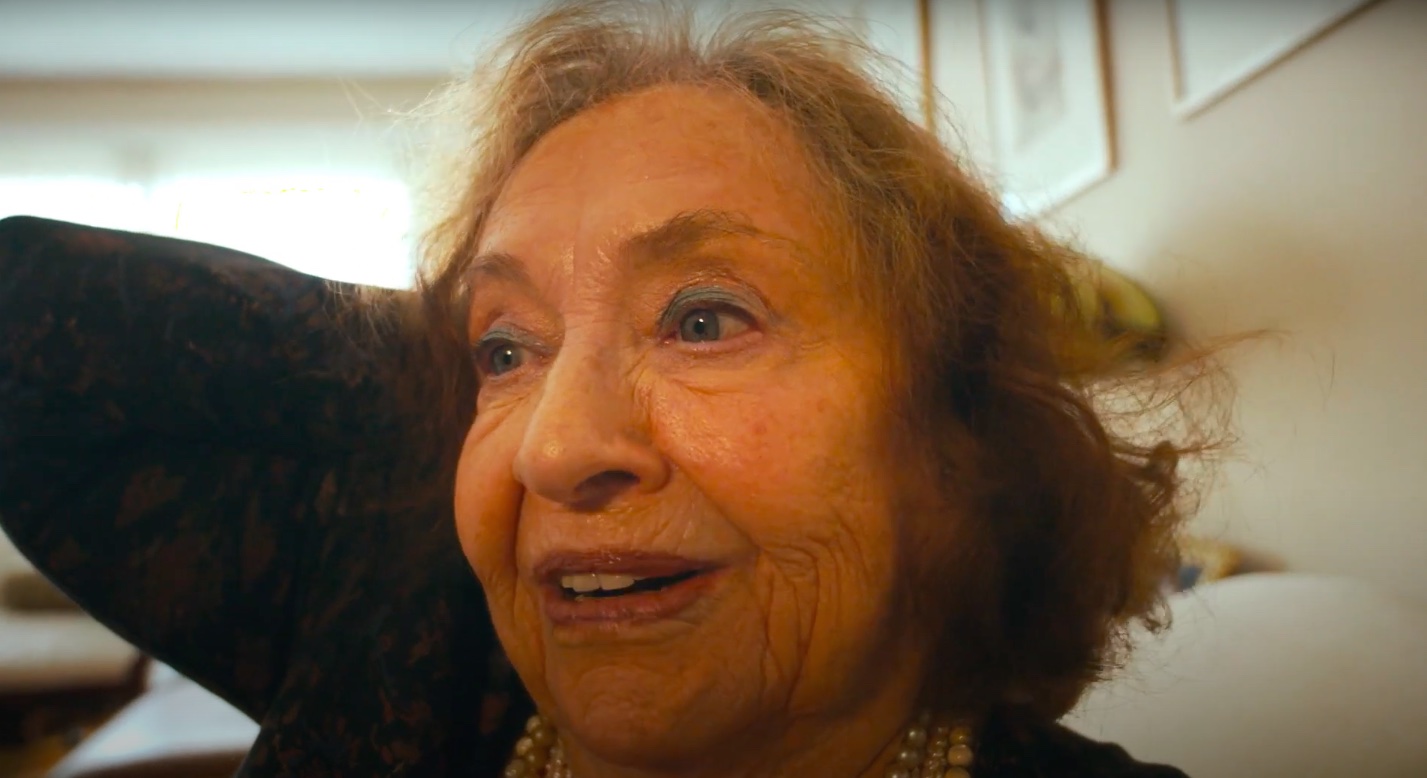
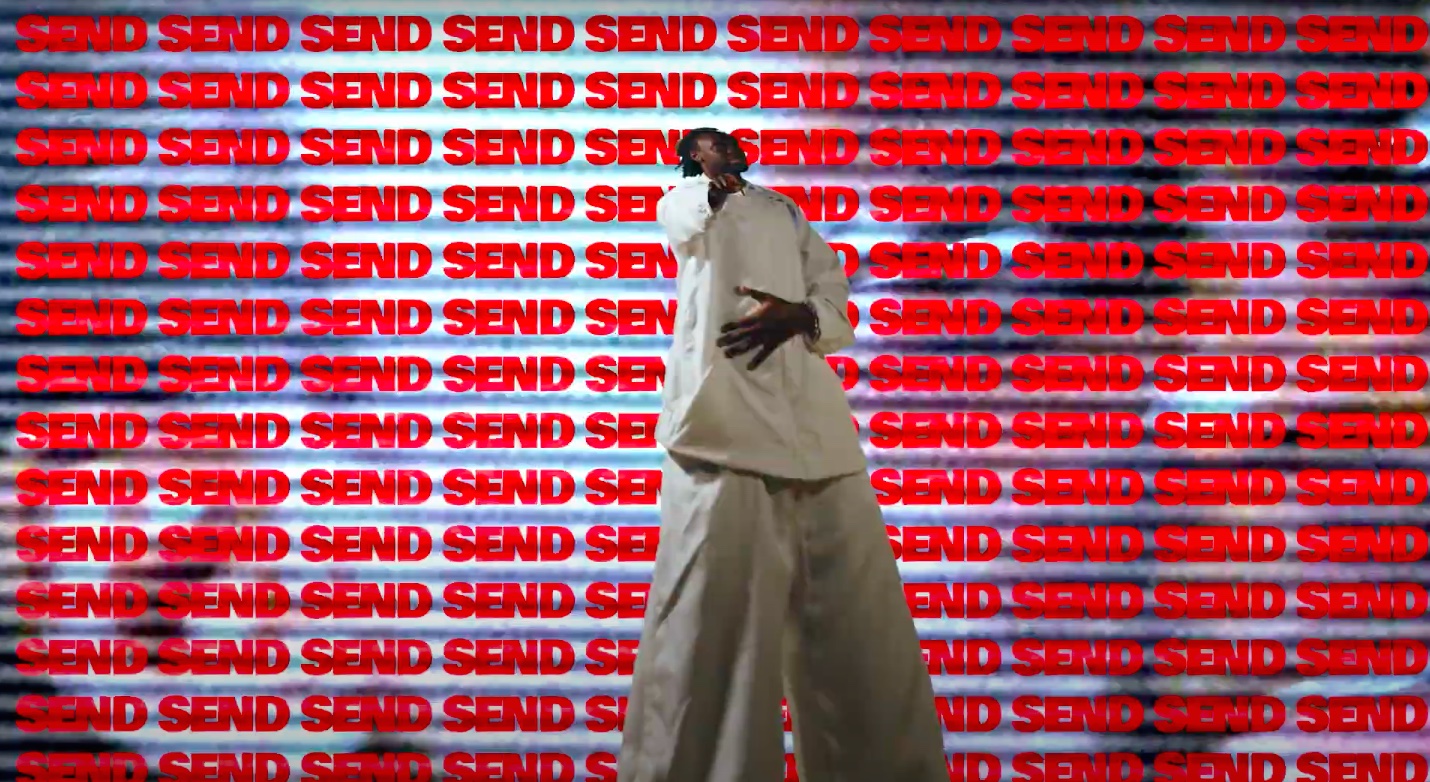
Did you have any inspirations or influences for this video?
Milo Hume: Totally. The big head idea came from a still from The Truman Show where the showrunner guy is walking in front of the studio and it’s a live feed on the wall featuring this intense close up on Jim Carrey’s character, and there’s this moment where the showrunner is looking up at this massive screen and he’s just looking at his creation. There’s also this propaganda statue Mussolini built of his head over the fascist headquarters that repeats, “Si, si, si,” over and over again. So that’s where I got the idea to have the text behind him.
I’m constantly looking for inspiration, though, and have this archive with a bunch of photos I like from graphic novels, magazines, street art, galleries, Instagram accounts, screenshots, films, and anything I find that is visually intriguing. I’m just constantly building out this archive with photos, really. So, for the second part of the video at my grandma’s house, I was inspired by this photo series by director Yorgos Lanthimos for V Magazine. I thought the contrast and juxtaposition was very striking and wanted to recreate a similar effect with this part of the video.
We were actually going to have a whole other part of the video that had a glitter performance in a similar way to Frank Ocean’s “Nikes” video, but we ended up scrapping that.

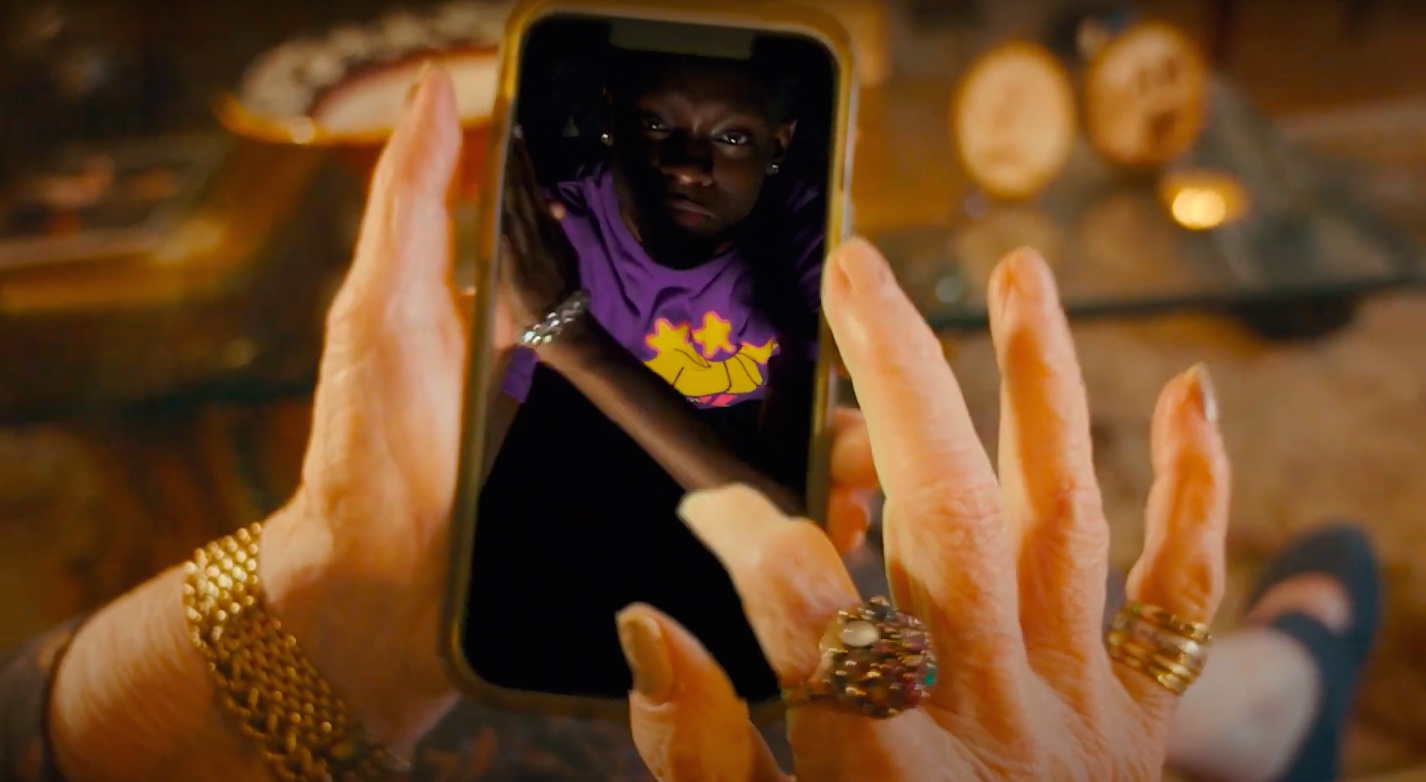
Are there any upcoming projects that you’re excited about?
Milo Hume: Yeah, my most recent short film So Let’s Go will actually be screening at the New York Shorts International Film Festival, so I’m very excited about that. I’ve also got a couple music video projects I’m working on in London. I recently moved here and it’s been great being in a new place and being able to tap into and create new worlds with the artists I’m collaborating with out here. But mostly, I’m just trying to keep sponging up the new environment I’m in and see what internal changes come with that.
— —
:: connect with Gosha Guppy here ::
— —
Stream: “911 (Sex Through Whatsapp)” – Gosha Guppy
— — — —

Connect to Milo Hume on
Web, Instagram
Connect to Gosha Guppy on
Facebook, TikTok, Instagram
Discover new music on Atwood Magazine
© Milo Hume
:: Stream Gosha Guppy ::

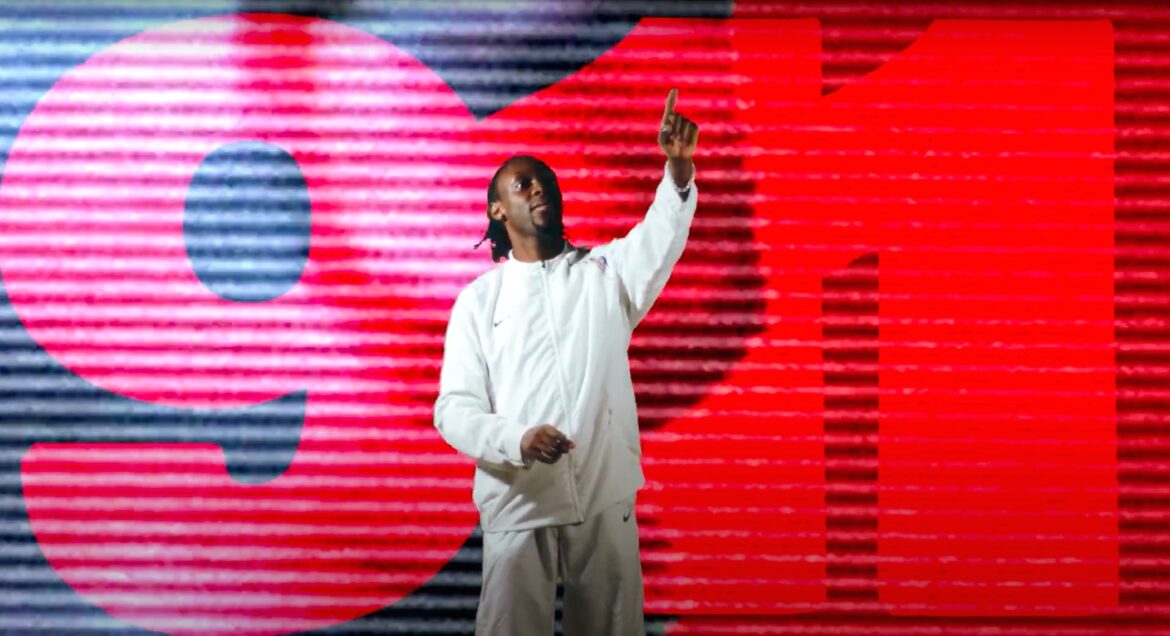
 © Milo Hume
© Milo Hume